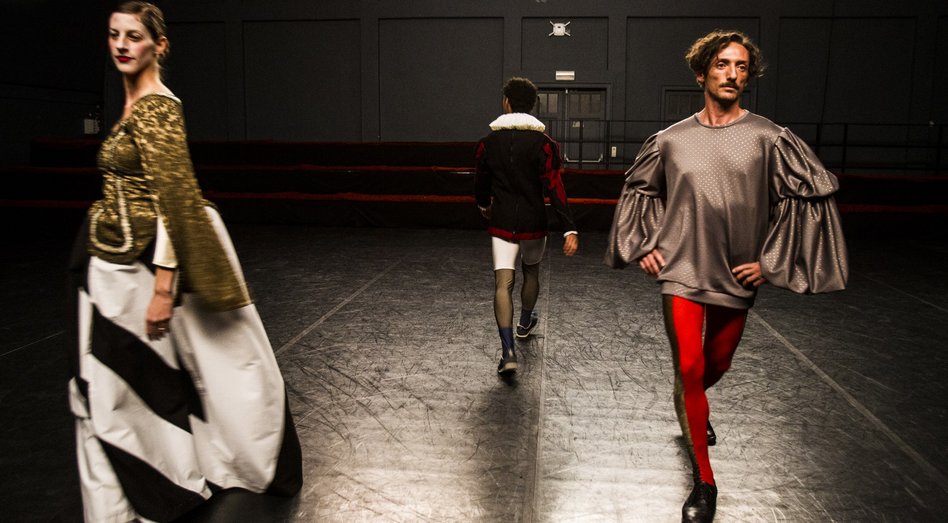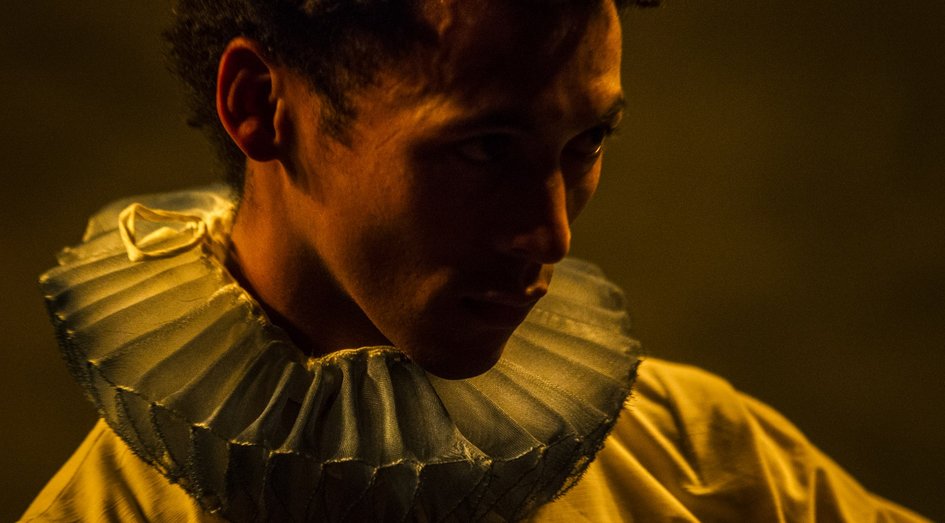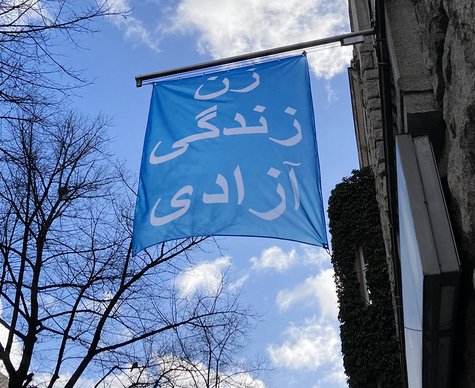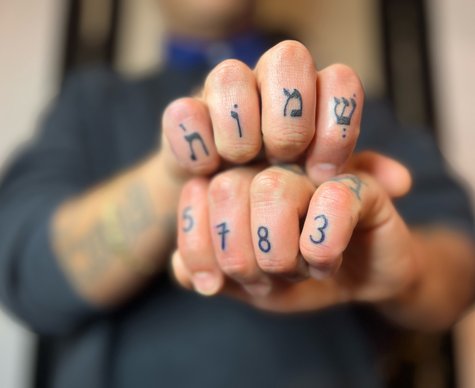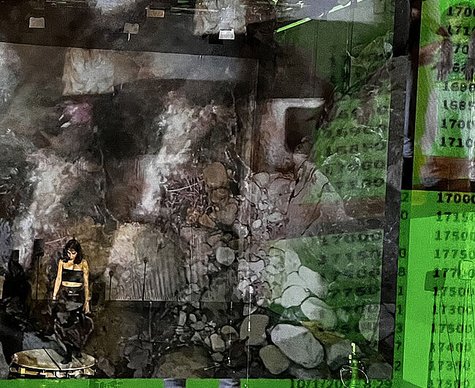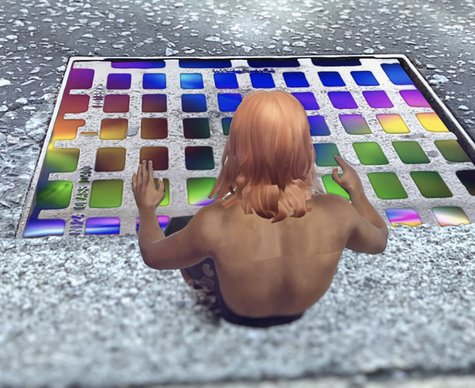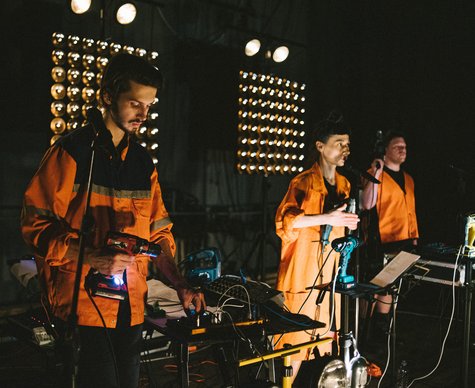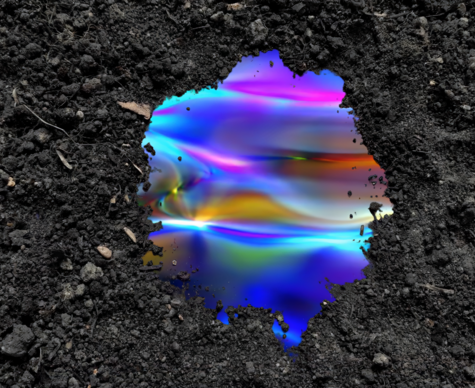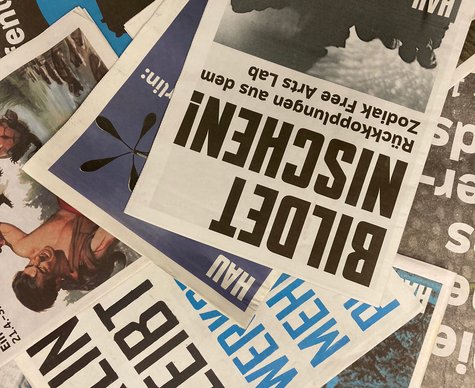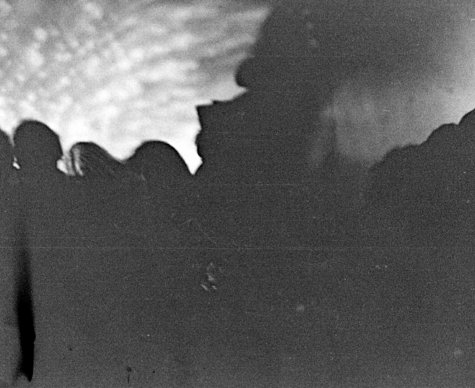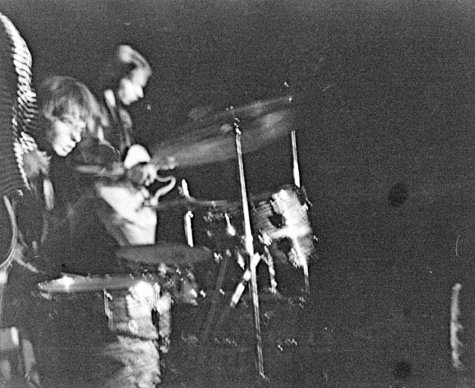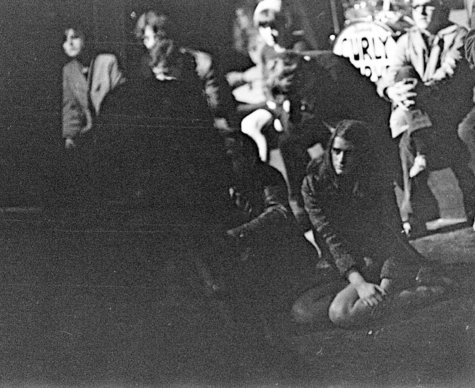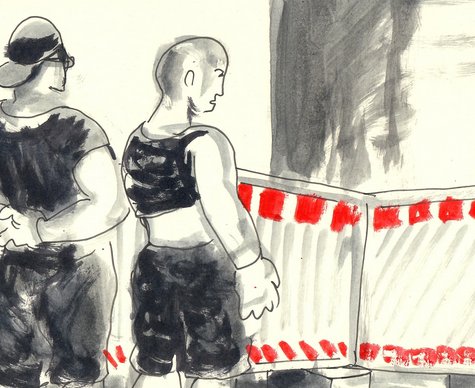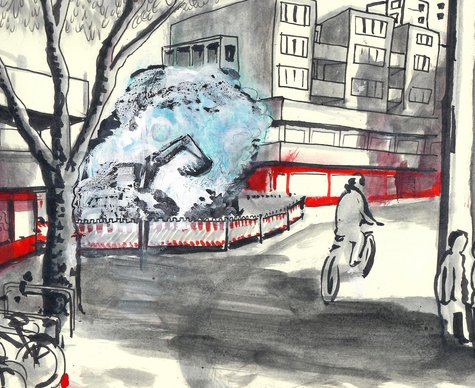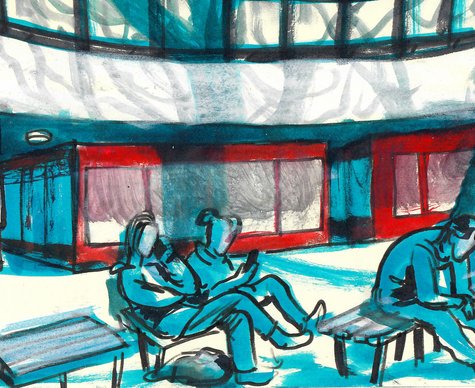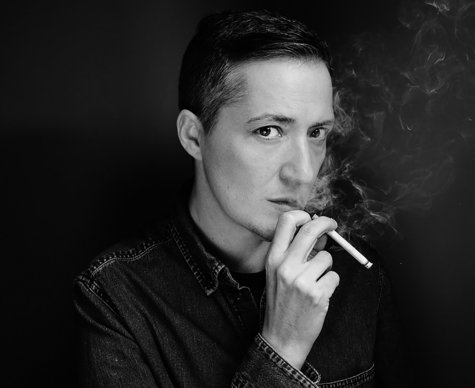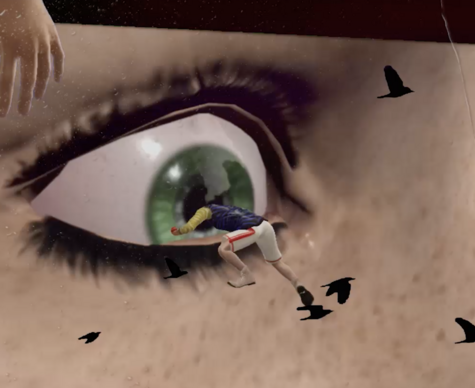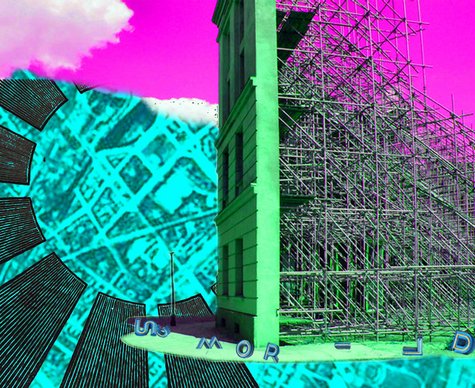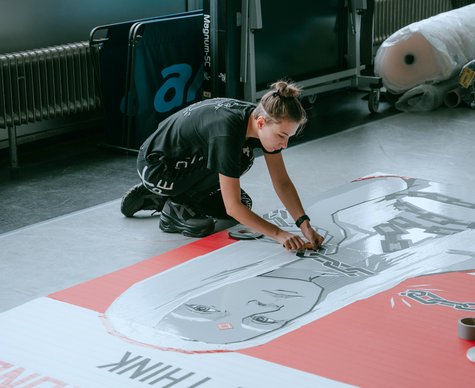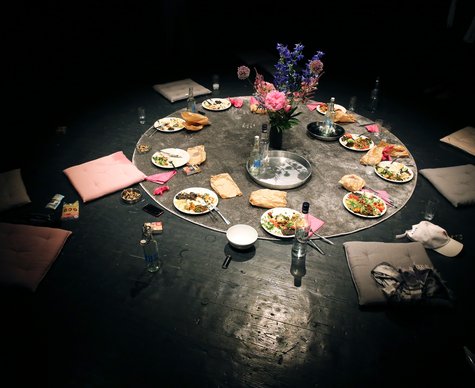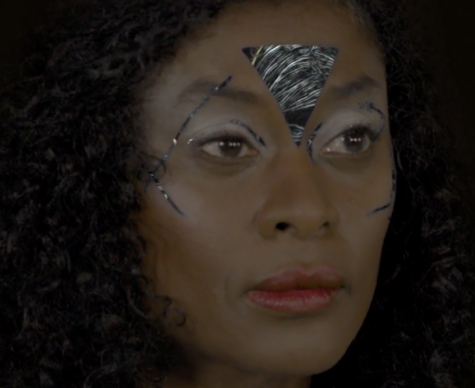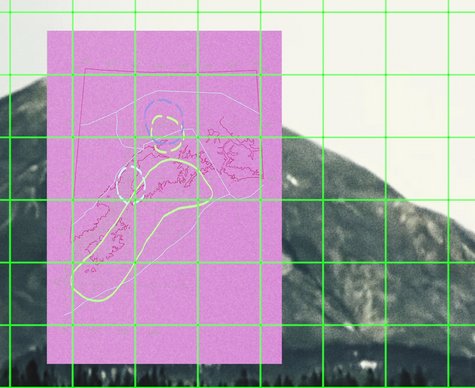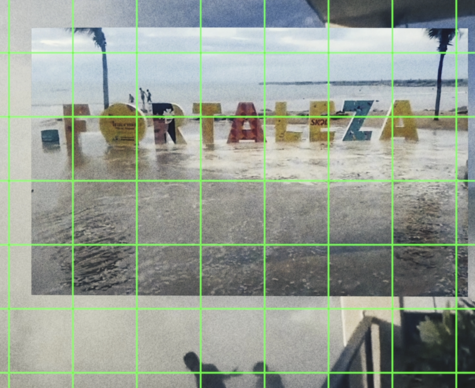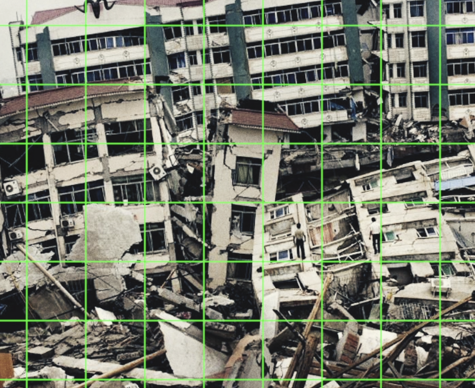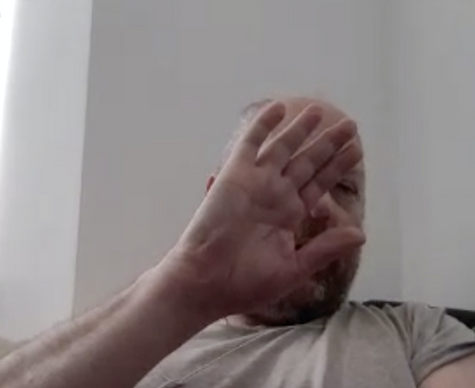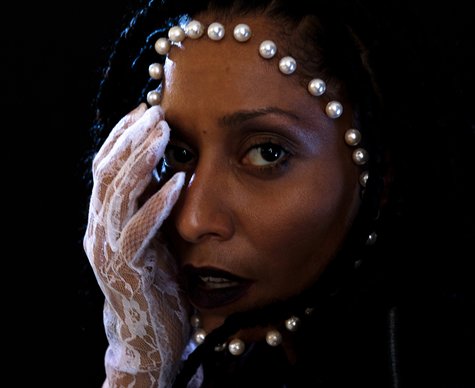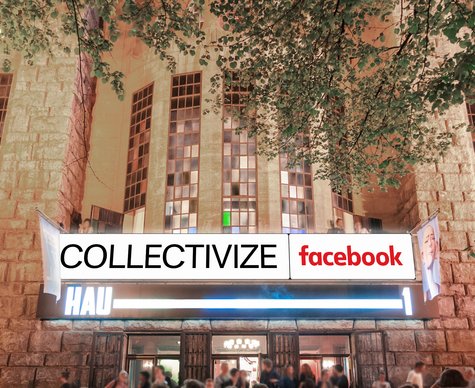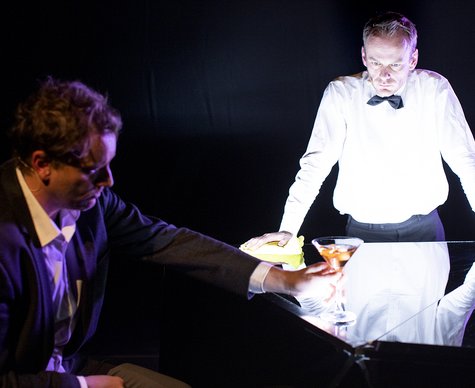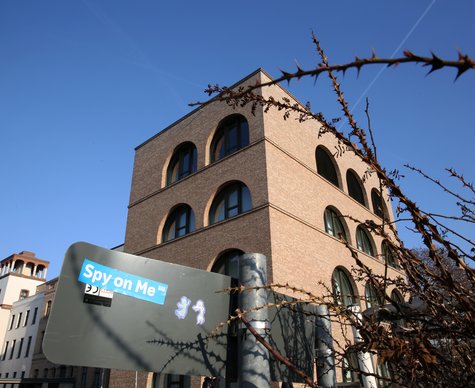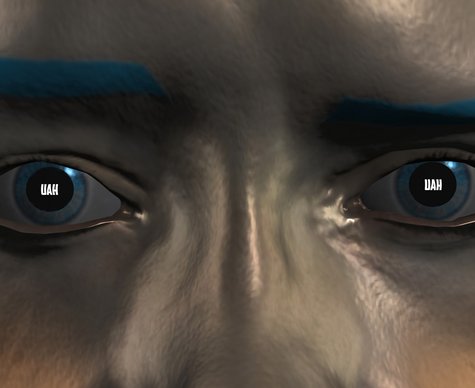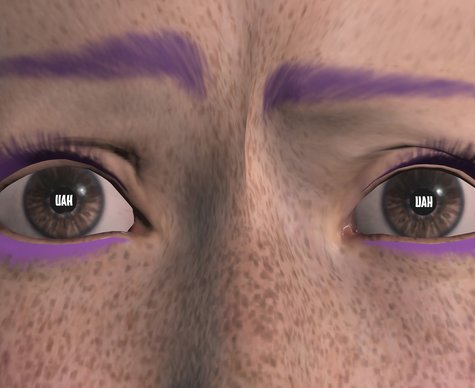Concept & choreography: Andros Zins-Browne / Creation & performance: Dragana Bulut, Kennis Hawkins, Jaime Llopis, Sandy Williams, Tiran Willemse / Sound design: Peter Lenaerts & Andros Zins-Browne - lute and theorbo played by Sofie Vanden Eynden, recorded and mixed by Peter Lenaerts at Low Man’s Land Studios, Brussels / Light design: Nick Symons / Costumes: Sofie Durnez / Assistant costume design: Valerie le Roy / Production management: Elisa Demarré
Andros Zins-Browne
The Middle Ages
Part of "Marx' Gespenster"
- Dance
"The Middle Ages" is a performance for five dancers about a time which is inherently 'middle'- ambiguous, fluid, either both-and or neither-nor. For this new production, Andros Zins-Browne was inspired by theoretical physics, especially theories about time and history. Translating these concepts into physical movement and choreography and through an excessive use of costumes, the performance occupies an ambiguous place and time, where historical references overlap and fold over one another. Rather than asking what we are, “The Middle Ages” asks when we are. When is ‘now’?
T H E P E R P E T U A L M I D D L E A talk between Andros Zins-Browne and Frederik Le Roy
FLR: You title your piece “The Middle Ages”. How did this title come about?
AZB: I started the project thinking about how present representations of other times are in our time now, and how the presence of those representations create a self-consciousness in us about times that we possibly haven’t lived in. Which was for me a strange disconnect. This became very clear for me when I worked on a collaborative project with a visual artist where he asked me to bring in scores from 1960s happenings, – Alan Kaprow-type scores – for a film he was making.. I remember feeling I was doing something which was at the same time dated, in which I felt self-conscious offering, but at the same time recognising that it comes from a time before I was born. So it’s not a regime that I passed through.
FLR: It was of the order of history rather than memory, or perhaps better, something that has been transmitted through other people and sources but not through yourself. A mediated memory.
AZB: Exactly. So I had this misrecognition of history as if I experienced it. In order to feel something that is old or dated that one hasn’t themselves gone trough, is a strange feeling. It’s a strange feeling to do something in the style of something which is passed and which is considered old-fashioned. In this film the artist employed a bunch of different actors who within the film were shooting 16mm, while others worked with HD cameras and one actor with an iPad. So there were different layers of time present. In that experience it made me think of layers of times, which I linked to a feeling of dread when we think of a notion of progress and realize that we can’t keep going at the rate we’re going now. So if we take that question that we can’t keep going forward at the same speed with which we’re going, what position does that put us in? And I was interested in how this creates a vacuum these past times can fill in. Past times are folded back into this vacuum. If one can’t go forward, how does our relationship to the past change? At the same time I was reading a lot around the philosophical topic of ‘accelerationism’ which has been around since the 80s but has gained popularity recently. Accelerationism revolves around the idea that in order to create the strongest political changes we need to speed up the system.
So I started to think about these two notions. On the one hand speeding up and pushing forward, not necessarily with a belief in the future but with a belief of what speeding forward might bring, what new future it might produce. On the other hand, there was the idea of going back and wanting to revert to earlier times. You see this everywhere today: in media with series like Mad Men but also in folk cultures. Let’s slow down, move to the country, take more time off, not give into the system of speeding up. I start to think about us being in the middle time. We don’t want one or the other fully. We’re left in this middle state of not ever knowing, so we rely on the society we are in to determine if we should go forward or back and how fast or slow. So, The Middle Ages refers for me to this Now as a time which is in such a way inherently “middle”.
Read the full interview here
Production: Hiros. Co-production: HAU Hebbel am Ufer, Kaaitheater (Brüssel), Buda (Kortrijk), MDT (Stockholm), PACT Zollverein (Essen), Vooruit (Ghent). Co-produced and presented by the European network DNA (Departures and Arrivals) with the support of the Culture Programme of the European Union. Co-funded by the Creative Europe Programme of the European Union. In collaboration with: Departs, Stuk (Leuven), Netwerk (Aalst), wp Zimmer (Antwerp), Les Ballets C de la B (Ghent). With the support of: The Flemish Government.
Cast
Dates
Location
HAU2
Hallesches Ufer 34, 10963 BerlinThere are two marked parking spots in front of the building. Barrier-free restroom facilities are available. Four relaxed seats are available in the first row of HAU2. Tickets for wheelchair users and accompanying persons can also be booked via the ticketing system. If you need help, please contact our Ticketing & Service team at +49 (0)30 259004-27 or send us an email to tickets@hebbel-am-ufer.de.
